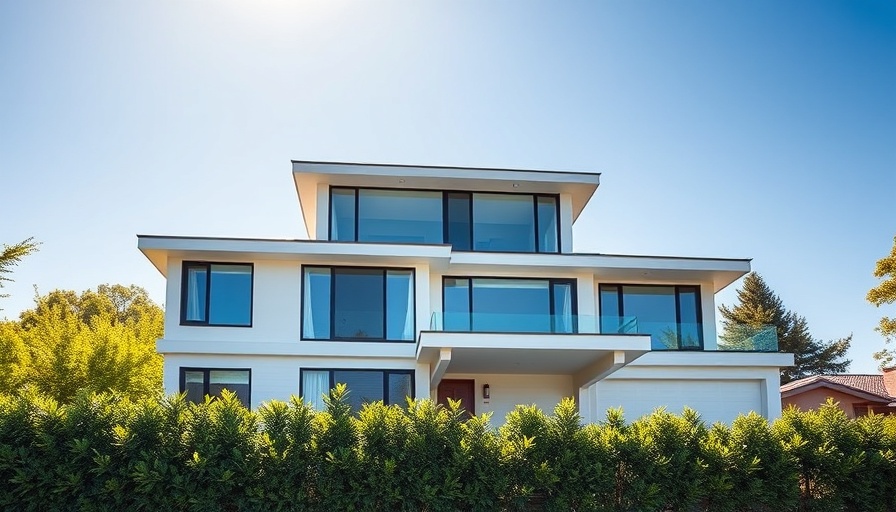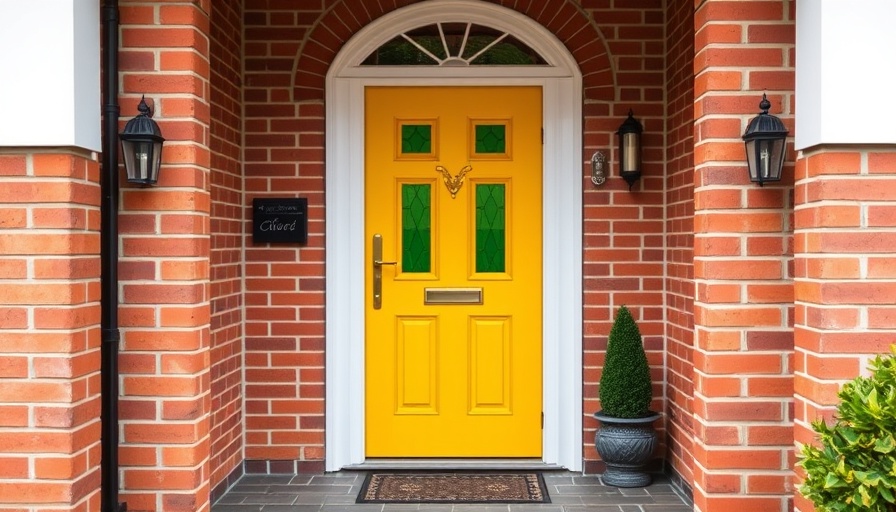
Mastering Your Home's Temperature This Summer
As summer swelters, homeowners are in a constant battle against rising indoor temperatures. With the sun's relentless heat beaming down, knowing how to effectively manage your home’s windows can mean the difference between comfort and discomfort. A smart approach to window management can reduce your reliance on air conditioning, keeping your energy bills low while maximizing airflow. Let’s unlock the secrets to keeping your home cool by using your windows right!
The Perfect Temperature: When to Close Your Windows
When temperatures rise outside, knowing when to keep your windows closed is crucial. A safe bet? Close them when it hits around 23°C. Below this mark, the air inside your home is likely cooler than outdoors, minimizing heat ingress. This simple maneuver helps maintain a comfortable interior environment.
Understanding the Direction of Your Windows
The positioning of your windows influences how they interact with the sun. Here’s the lowdown:
- South-facing windows: These traps for heat deserve to be closed during peak sunlight from 11 AM to 4 PM. Utilize blinds to block out the sun’s rays and limit warmth within.
- North-facing windows: These offer a breath of fresh air, perfect for ventilating your home. Keep them wide open to embrace cooler breezes, especially in the evening.
- East-facing windows: Open at dawn to soak in the refreshing morning light but shut them by noon to cool off.
- West-facing windows: Similar to their southern counterparts, these need to be closed to combat the afternoon heat.
Timing Your Opening and Closing
Effective window management hinges on timing. The early morning and late evening are optimal for opening your windows. Aim to open them before 9 AM and after 5 PM when the outdoor air temperature drops, allowing that precious cool breeze to flow in efficiently. Creating a cross-breeze by opening windows on inner walls can significantly drop your home's temperature without relying excessively on energy-sucking air conditioning.
Shutting Out the Sun: The Role of Blinds and Curtains
Once your windows are closed, don’t overlook the importance of blinds and curtains as a heat shield. Keeping them shut during the hottest daytime hours is essential; they block sunlight and minimize heat absorption. Cultivating this habit resembles practices seen in hotter regions, where homes often go dark during the sun’s zenith.
Solar Control Glass: A Modern Cooling Solution
Thinking of an upgrade? Installing windows with solar control glass reflects a significant portion of the sun's heat while still inviting natural light. This innovative approach stabilizes your indoor temperature, allowing you to finesse your window management for cooler living conditions.
Knowing Your Home Inside and Out
It’s essential to listen to your home. Its unique characteristics—including insulation, orientation, and landscaping—impact how well it retains or dissipates heat. When experiencing a hot day, if you sense that it's decidedly cooler indoors, refrain from opening the windows and fortify your interior comfort. Remember, effective window management complements other cooling strategies such as ceiling fans or air conditioning where needed.
Conclusion: Take Control of Your Comfort
The art of window management extends beyond just opening or closing; it is about creating a climate within your home that promotes comfort and breeziness. With summer heat at an all-time high, these strategies allow you to embrace the warm months without succumbing to the heat. Stay vigilant about your window management and enjoy a cooler, more comfortable living space!
 Add Row
Add Row  Add
Add 




Write A Comment